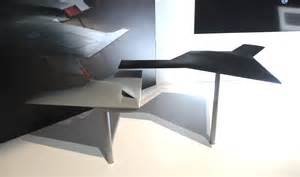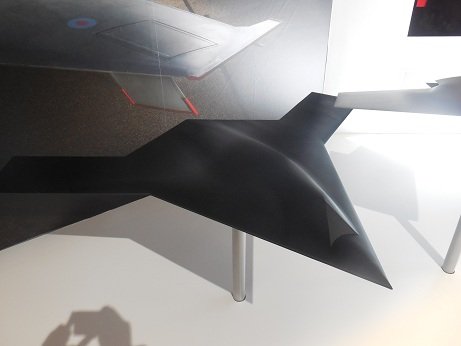Britain Crafting Future Combat Aircraft Strategy
Feb 21, 2018 Tony Osborne | Aerospace Daily & Defense Report
LONDON—The British government is drawing up a long-awaited future combat aircraft strategy which could outline how Britain will replace the Eurofighter Typhoon.
Details of the Combat Air Strategy document, due to be published this summer, were revealed Feb. 21. Officials say it will examine the operational capabilities needed in the future and whether the skills and resources to deliver them are available within British industry. The work will consider new and emerging technologies as well as export potential, officials say.
Aerospace DAILY reported in January that civil servants were drawing up a draft combat air strategy.
British Defense Secretary Gavin Williamson said the document would result in “bold and ambitious plans” and “bring together the best of British engineering, skill and design, and deliver a compelling vision for the future of air power.”
Britain’s last defense industry strategy document, published in 2005, said the introduction of the Eurofighter and F-35 Joint Strike Fighter meant the UK did not need to build a new fast jet aircraft for more than 30 years because the Eurofighter and F-35 were likely to have long operational lives.
Thirteen years on, it is unclear whether the document will call for Britain to work on a new fighter alone or look for closer European or international cooperation. It could also call for the development of a new training aircraft as a follow-on to the successful Hawk.
The announcement has been widely welcomed by industry. It has been lobbying the government for a decision on a post-Typhoon vision, particularly in light of joint Franco-German fighter plans revealed last summer, which caught Britain largely off guard.
The need for a strategy was further strengthened by BAE Systems’ decision in October 2017 to lay off workers because of a shortage of Typhoon and Hawk orders, although the line was subsequently buoyed by the Typhoon order from Qatar. At the time, BAE’s Chris Boardman, the company’s managing director for military aviation, urged the government to detail a “combat air vision of the future.
“We are not looking for a handout, but a clear view for military aerospace beyond Typhoon,” he added. “It would be good for the country and the defense industry.”
As the UK’s largest defense company, BAE Systems is likely to be the biggest beneficiary of any future British combat aircraft program.
With the Qatar order, Typhoon production is now set to continue until 2024.
“We welcome the government’s commitment to developing the UK’s Combat Air Strategy, which recognizes the central role of the air sector in our nation’s defenses and prosperity,” a company statement said. “We look forward to working closely with the government as we further develop UK’s world-leading combat air capability.”
Paul Everitt, CEO of UK aerospace trade organization ADS, said there is a “vital need” for industry and government to work together to ensure the UK remains a “world-leading military air power and a highly competitive and capable option in the export market. The UK’s world-leading combat air sector welcome today’s announcement and will actively support the strategy’s development through the coming months.”
As well as building the Typhoon and Hawk, BAE has a significant share in the construction and development of the F-35 Joint Strike Fighter. British engineers also are involved in the development of a future Turkish fighter, the TF-X, as well as ongoing development of a joint Anglo-French unmanned combat air vehicle due to fly in 2025. But the program’s future appears hazy, with the next phase, a potentially costly design and development program, currently subject to delay.




